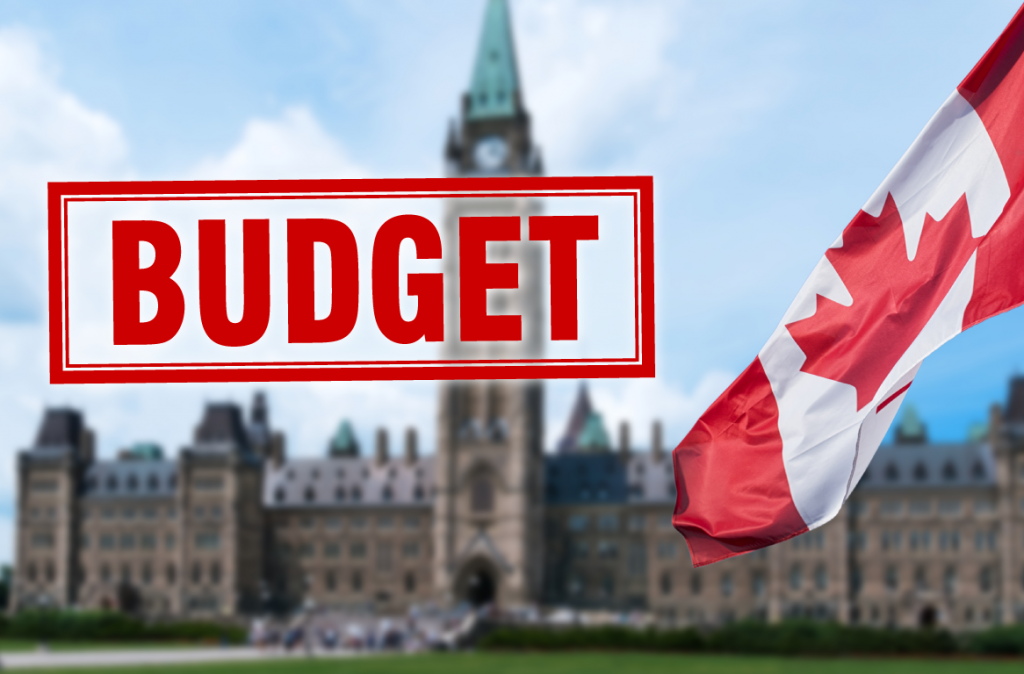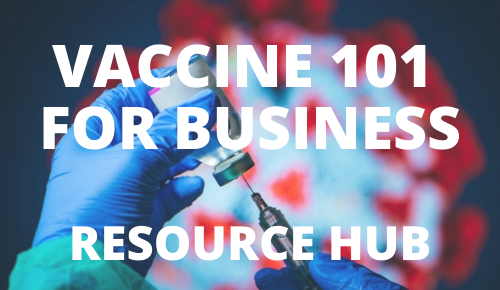
On 29 June 2021, Bill C-30, Budget Implementation Act, 2021, No.1, received Royal Assent. The Senate has adopted Prime Minister Justin Trudeau’s government’s budget bill, the final step in extending COVID-19 supports through the summer and ahead of a likely election in the fall.
The bill — the country’s first budget in more than two years — contained extensions to key aid programs, such as the Canada Emergency Wage Subsidy to help employers pay workers and the Canada Emergency Rent Subsidy to help businesses pay their rent.
For financial reporting purposes, measures included in Bill C-30 are considered enacted on 29 June 2021, and because the federal government is a minority government, the measures are considered substantively enacted on 23 June 2021, when the bill passed third reading in the House of Commons.
The bill includes the following COVID-19 support measures for business that were announced in the 2021 federal budget:
Canada Emergency Wage Subsidy:
Extension of the CEWS until 25 September 2021, with the possibility of further extension to 20 November 2021.
Beginning on 4 July 2021 (period 18), only employers with a decline in revenue in excess of 10% will be eligible for the CEWS.
In addition, subsidy rates will gradually decline over the period from 4 July to 25 September 2021 (periods 18 to 20), from a maximum combined CEWS rate for active employees of 75% in period 17 (i.e., the 40% maximum base subsidy plus the 35% maximum top-up subsidy) to a maximum combined rate of 20% (i.e., a 10% maximum base subsidy plus a 10% maximum top-up subsidy).
To review a complete detailed analysis of federal budget changes to the Canada Emergency Wage Subsidy, please click here.
Canada Emergency Rent Subsidy (CERS):
Extension of the CERS until 25 September 2021, with the possibility of further extension to 20 November 2021.
Beginning on 4 July 2021 (period 18), only entities with a decline in revenue in excess of 10% will be eligible for the CERS.
Base subsidy rates under the CERS will gradually decline over the period from 4 July to 25 September 2021 (periods 18 to 20), so that the maximum base subsidy rate will decrease from 65% in period 17 to 20%.
The top-up (lockdown) subsidy rate, however, will remain at 25% during that period.
Other amendments will provide that if an eligible entity purchases the assets of another business (and certain conditions are met), the requirement to have a business number with the Canada Revenue Agency (CRA) will be deemed to be met where it was previously met by the seller.
To review a complete detailed analysis of federal budget changes to the Canada Emergency Rent Subsidy, please click here.
NEW!! Canada Recovery Hiring Program (CRHP):
Introduction of a new alternative temporary wage subsidy, providing eligible employers with a subsidy on incremental remuneration paid to eligible employees between 6 June and 20 November 2021.
Employers eligible for the CRHP will generally be those that are eligible for the CEWS, with one of the main exceptions being that in the case of for-profit corporations, only Canadian-controlled private corporations (CCPCs) will be eligible for the CRHP.
To qualify for the CRHP, an eligible employer must have experienced a revenue reduction of more than 0% for the qualifying period from 6 June to 3 July 2021 (period 17), or more than 10% for any of the remaining qualifying periods from 4 July to 20 November 2021 (periods 18 to 22), calculated in the same manner as the revenue reduction under the CEWS.
The CRHP subsidy will be available at the rate of 50% of incremental remuneration paid to eligible employees for qualifying periods between 6 June and 28 August 2021 (periods 17 to 19), with the rate gradually declining over the remaining three qualifying periods until it reaches 20% (in period 22).
“Incremental remuneration” is defined to mean the difference between an eligible employer’s total eligible remuneration paid to eligible employees for the qualifying period and the employer’s total eligible remuneration paid to eligible employees for the baseline period of 14 March to 10 April 2021 (period 14), to a maximum of $1,129 per week per eligible employee for both the qualifying and baseline periods (and to a maximum of the baseline remuneration for the week for non-arm’s length employees).
An eligible employer will be permitted to claim either the CRHP subsidy or the CEWS for a qualifying period, but not both.
Therefore, eligible employers will need to choose between claiming the CEWS or the CRHP subsidy (which is not available for furloughed employees) in respect of each qualifying period.
As with the CEWS, application for the CRHP subsidy for a qualifying period must be made no later than 180 days after the end of the qualifying period.
To review a complete detailed analysis of how the new Canada Recovery Hiring Program may help your business, please click here.
For a full review of the COVID-19 Canada Economic Response Plan, please click here.




